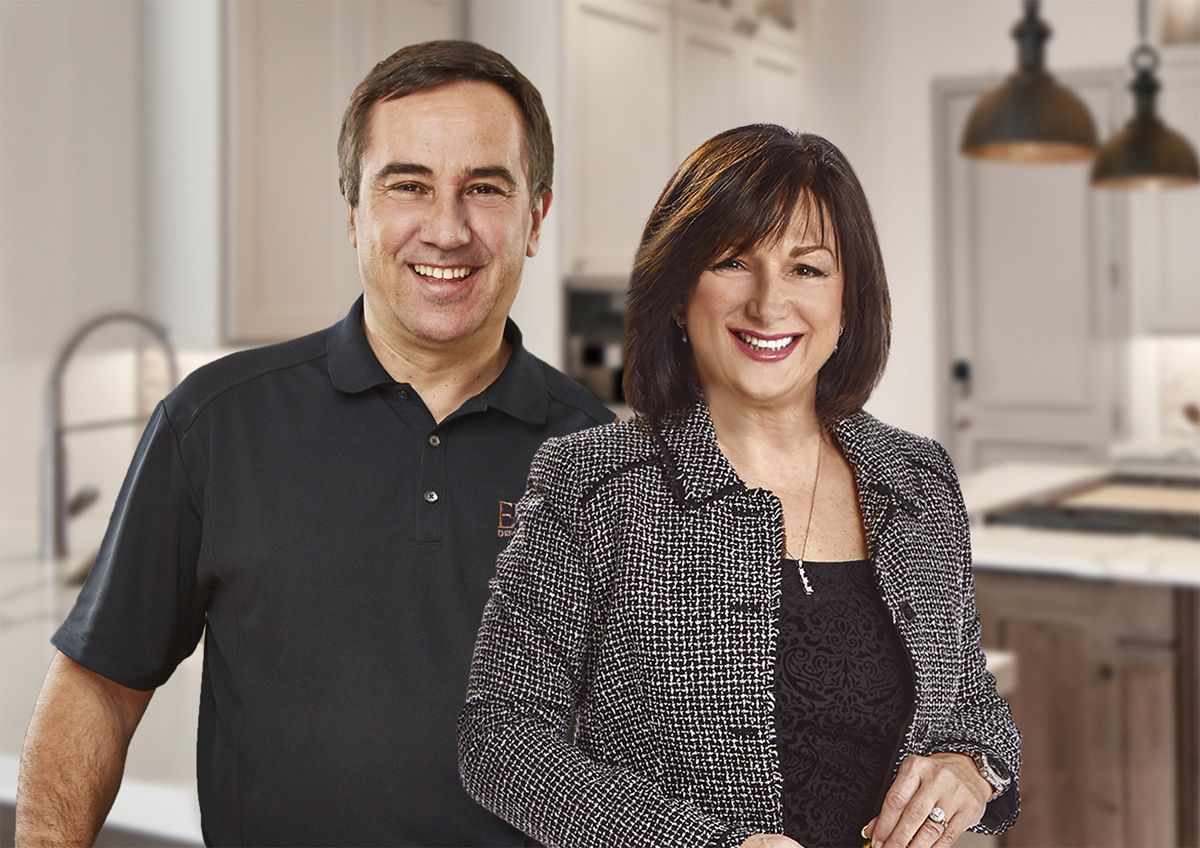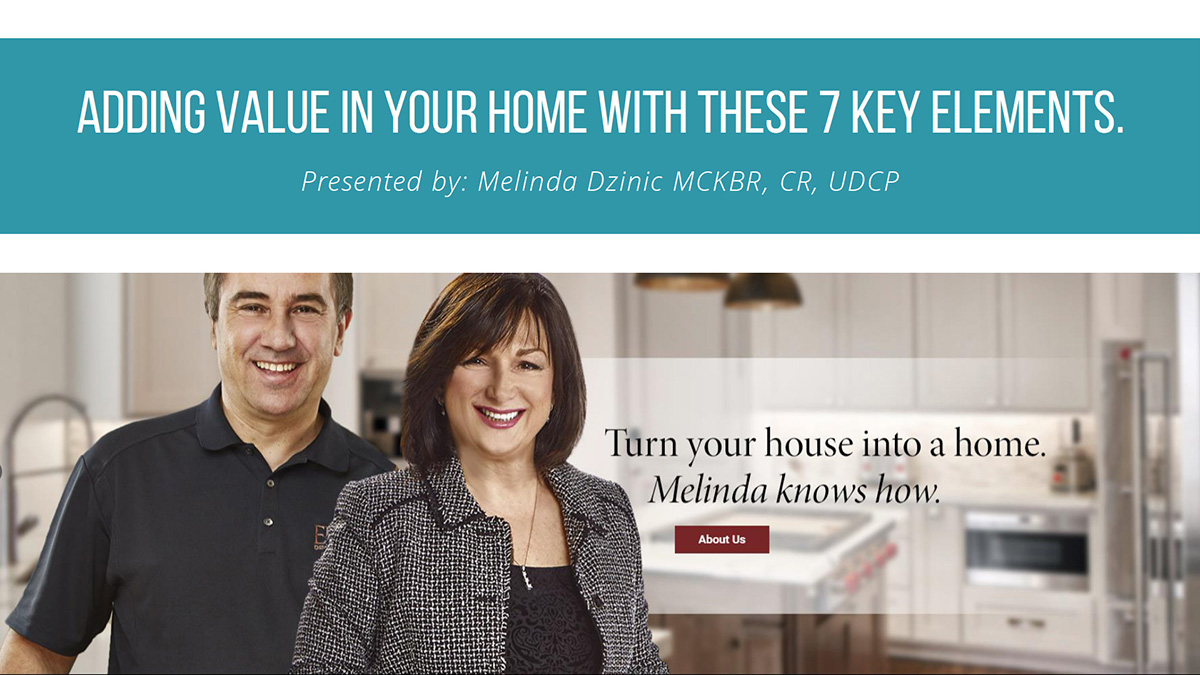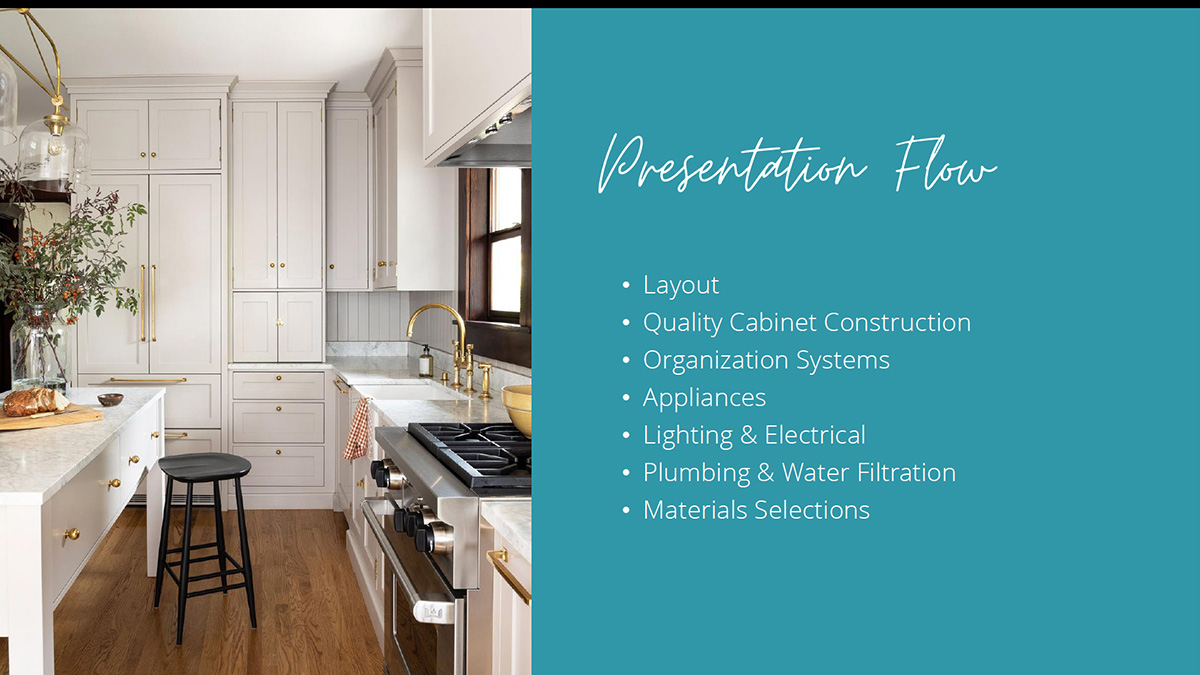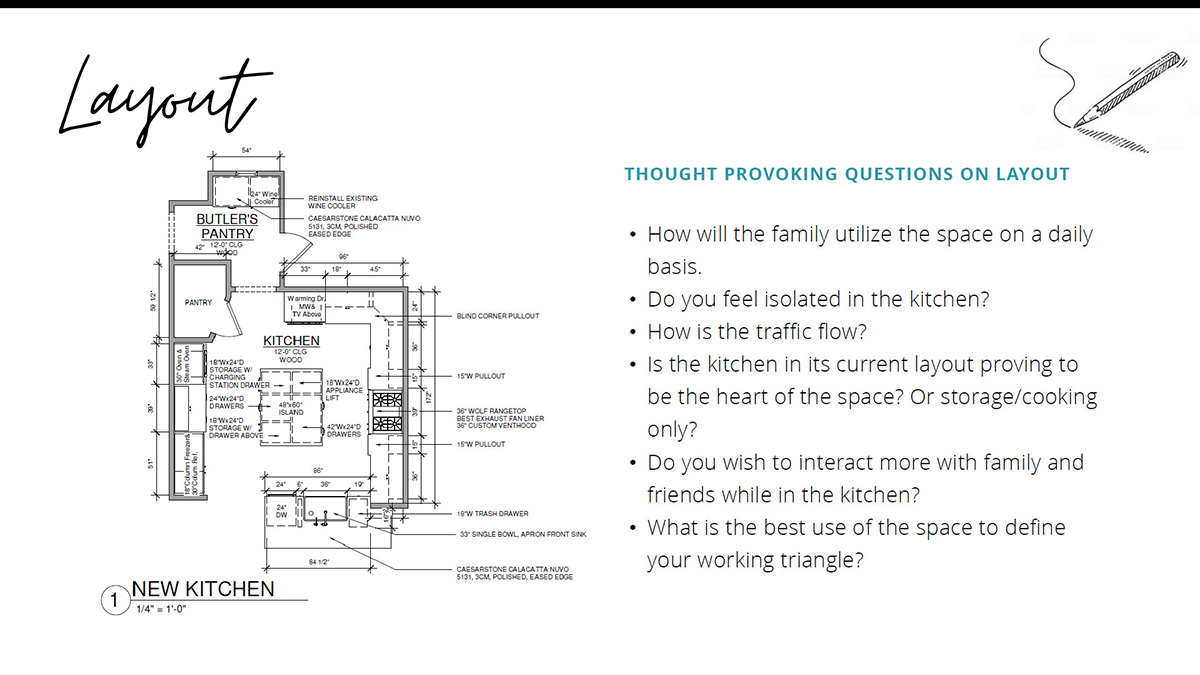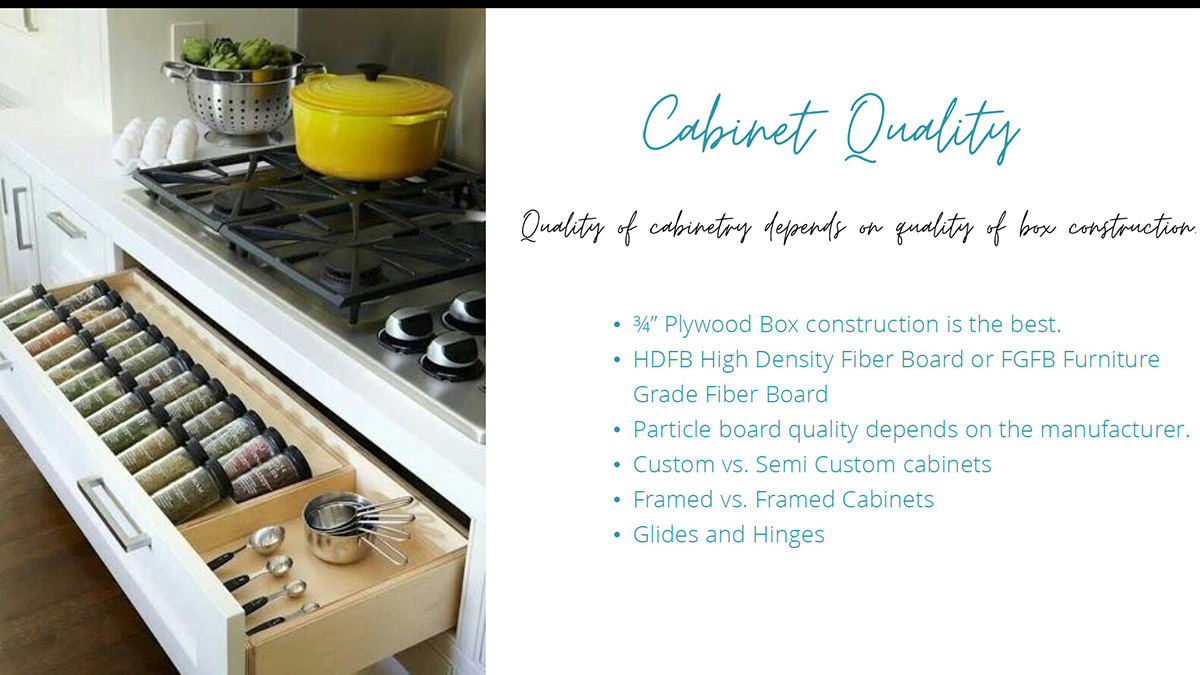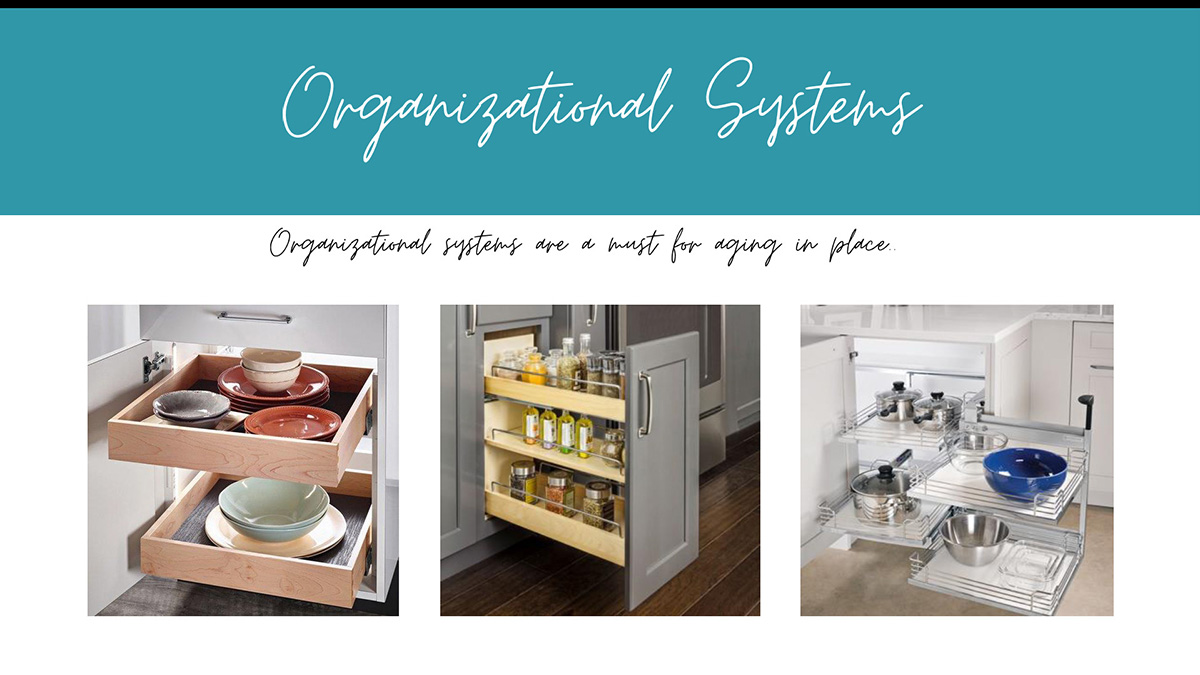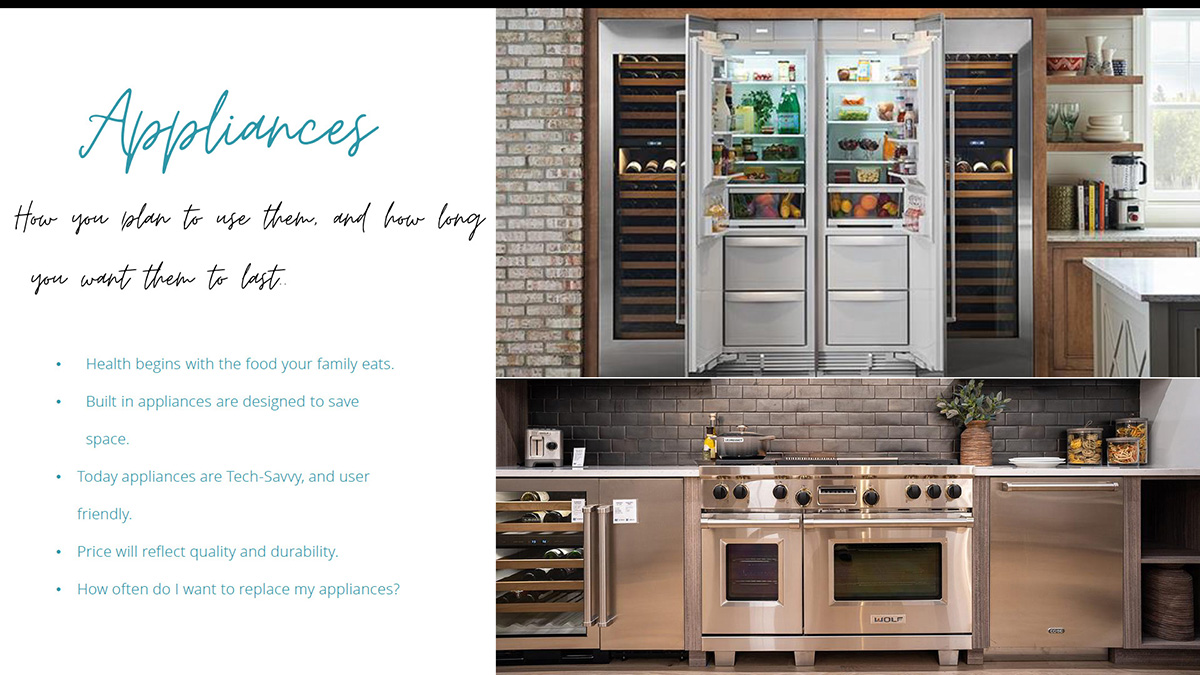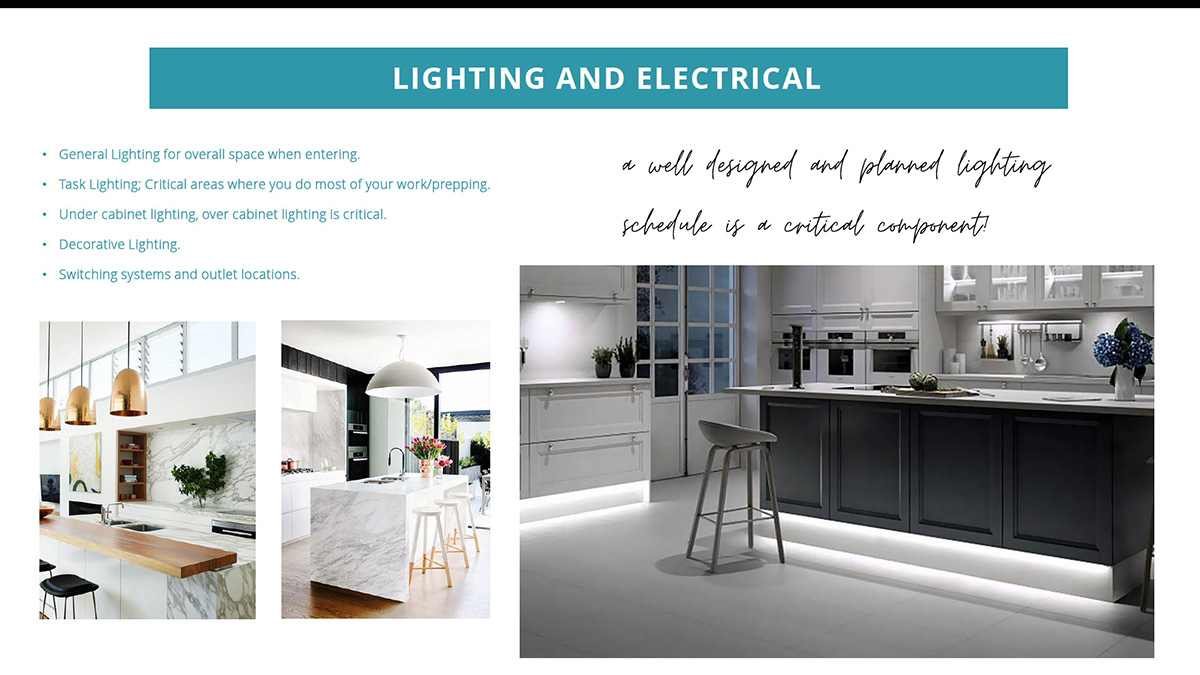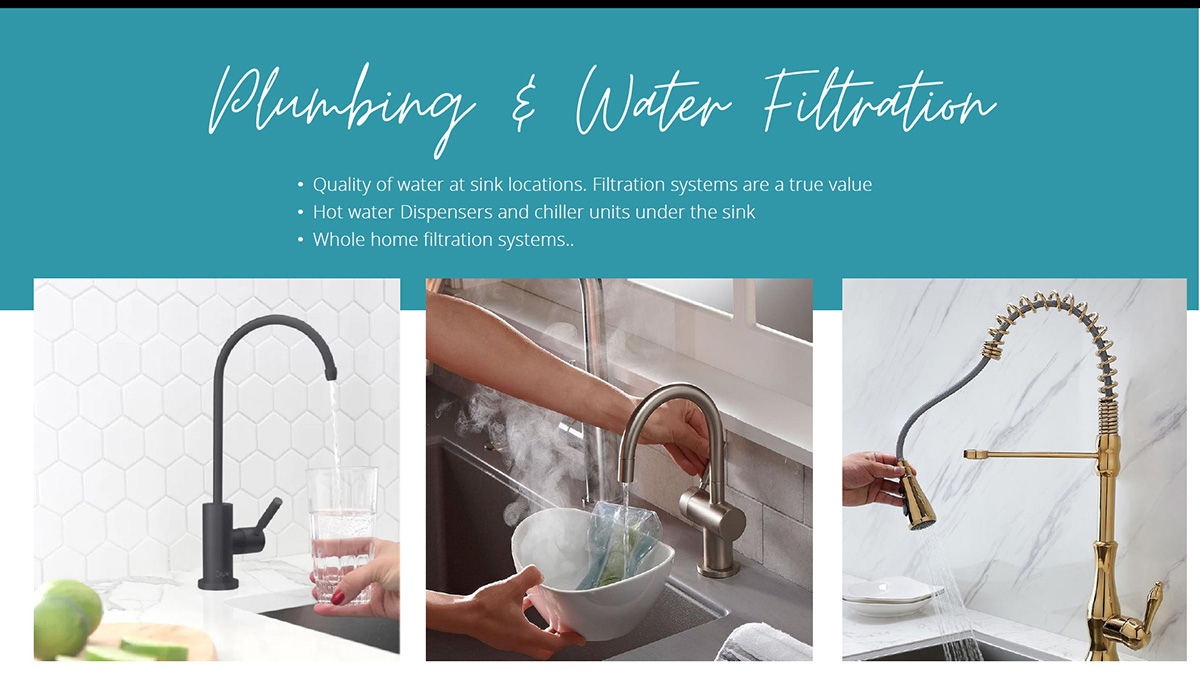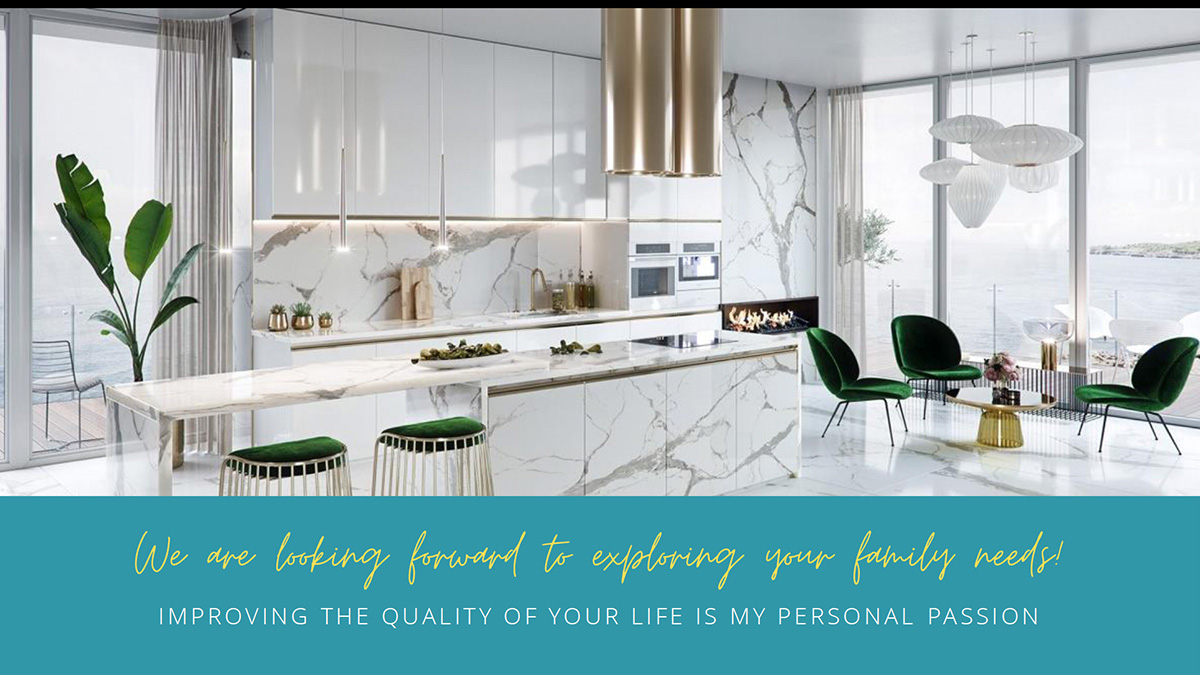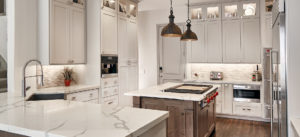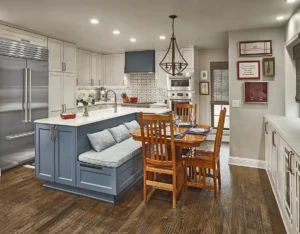“How will I know if I can get the investment I am about to make in my kitchen remodeling project?” Or “Will I be over-investing for my neighborhood?”
I am faced with these questions every time I meet with a potential client who’s trying to decide on how much money is enough to make the right changes to their kitchen.
For all those trying to make that important decision, here is a list of 7 critical design factors that add significant value to any home that is designed to last.
1. LAYOUT
The overall layout for the kitchen is one of the most critical components of kitchen design elements, which can add tremendous value to your home. It is the aspect of your kitchen remodeling that should be addressed first. Here are the best questions to ask yourself before making decisions pertaining to layout:
- How do I want my family to utilize the kitchen space on a daily basis?
- Do I feel isolated in the kitchen?
- How does traffic flow through the space if there are multiple cooks in the kitchen simultaneously?
- Is my kitchen the true heart of the home? Or is it used to only store and cook food?
- Do I like being part of everything that’s going on with the family as I cook?
- What is the best use of the space to create the most effective working triangle? (i.e. storage of food, preparation of food, and cooking)
- Where do my guests congregate when I’m hosting an event? If it’s in the kitchen, how does the space feel when there are 20 plus people in it?
2. QUALITY OF CABINETS AND BOX CONSTRUCTION
The second most important aspect of redoing the kitchen that adds true value is the quality of cabinet construction.
While kitchen cabinets often look great on the outside, what about their inner structure? It certainly matters whether they are made from particle board or plywood. On the whole, kitchen and bathroom cabinet boxes entirely constructed of plywood are sturdier, more durable, and hold veneer better than particle board cabinet boxes. If all other factors are equal, plywood cabinets are best. However, considering other factors such as cost and availability, as examples, particle board cabinets can be a wiser choice. Today more than ever, we have many options for building any kind of box construction for cabinets, but only a few are designed to last. Since the cabinets in your kitchen are designed to outlast everything else in the space, it makes sense that the quality of the cabinet material should meet your expectations.
How cabinet boxes are constructed is also a key aspect for longevity. Below we look at some particulars:
- Box construction: The best is ¾” plywood. However, the quality of a specific plywood is also a key element that should never be overlooked. We prefer to always use maple plywood for the higher quality cabinet box construction, since it’s the best and easiest wood to finish in stain or paint, due to its smooth texture of wood grain. There are many grades of plywood made from different wood species and knowing which one is ideal for your kitchen should be left up to your trusted professional kitchen expert. But remember that ¾” Plywood is still the king of quality box construction regardless of what anyone says in the market.
- HDFB (High Density Fiberboard) or FGFB (Furniture Grade Fiberboard) is now designed to last longer and can be relied on for building durable long-lasting kitchen cabinets. Though not my first choice, it’s a decent alternative. I would recommend staying away from “Cornbread” particle board material as the material tends to fall apart when it absorbs water.
- Custom or semi-custom cabinets: Custom cabinets can be designed to use every inch of a space in the room with an ideal design layout for the space.
- Framed or Frameless cabinet design: Which is best for you and your home should be a design consideration originating from the start of kitchen planning sessions.
- Drawer Box construction: Dovetailed box construction in wood such as birch, maple or walnut are solid options. Less expensive options include plywood or particle board that’s stapled or nailed together.
- Glides and Hinges: Not all glides are created equal or cost the same. Bottom mounted, full extension, soft close systems like BLUM are ideal considerations for ease of use over many years. They also offer more space to the interior of a drawer space with full accessibility to the back of a drawer. Side mounted glides will always reduce the usable space in a drawer.
3. ORGANIZATIONAL SYSTEMS
Organization systems are a must for any home as aging becomes an area of focus. Most of us would prefer to age gracefully in the homes where we created life’s fondest memories, in neighborhoods we love, and that are close to all medical providers whom we have come to trust with our lives. For these types of reasons, we should always consider access to base cabinets to ensure we have ease of reach.
- Base cabinets should always have drawers or pullouts behind doors for ease of accessibility.
- Corner optimizers: for important storage and ease of accessibility in a location that’s ideal for 90-degree useless corners.
- Pantries that have pullouts for ease and accessibility for everything that’s used on a daily basis, and in a location that’s convenient for use by all.
- Spice rack pullouts large enough to house several bottles of oil, spices and cooking utensils.
- Trash and recycling drawers in ideal locations, like behind doors, with ease of access with a servo drive.
- Pullouts for cookie sheets, cutting boards or pans.
- Wall Cabinets that are wider than standard 12” depth without the center stile dividing the wall cabinet and abstracting full accessibility to it.
4. APPLIANCES
All appliances are not created equal. Some are designed to preserve food better and last longer, while others are designed to be replaced within 5-7 years. Therefore, the price will reflect the quality and durability of the appliance. Always keep the critical question in mind when purchasing, which is “how often do I want to replace this appliance?” A trusted appliance expert and your design professional can help guide your purchasing decisions. Here are some additional considerations:
- Built in appliances save space and look better but are critical in a small kitchen.
- Aging in place locations of ovens and microwaves are a major consideration for your final selection.
- Intuitive and intelligent appliances can make life easier but are not always better or necessary.
- Consider your cooking routines on a daily basis, as well as how often you cook for large gatherings before selecting your appliance package.
- Is preservation of food important? If so, consider which refrigeration is best for preserving fresh fruits and vegetables.
- Healthy cooking is a focus now more than ever before, and rightfully so. We all know that it’s much better to prevent a disease than to treat it; and cooking and eating healthy is a critical component of our health.
- Select appliances that are easy to use with chef assist guidelines.
5. LIGHTING AND ELECTRICAL
Lighting considerations are critical for any space but even more important in kitchens. Therefore, a well designed and planned lighting schedule is a critical component of a wisely designed kitchen. Be sure you work with a lighting expert who can guide you from the onset of your kitchen design. Other things to keep in mind include:
- General lighting for the overall space when entering.
- Task lighting: Critical areas where you will do most of your work must be better lit than the rest of the space.
- Under cabinet, over cabinet, and interior of cabinet lighting is critical for task, function, and overall aesthetics of a kitchen.
- Options for decorative lighting.
- Switching systems and outlet locations.
6. PLUMBING
The true value of plumbing can get overlooked pretty quickly as there are so many other critical factors in a well-designed and appointed kitchen. Still, addressing this component for health and convenience benefits should never be overlooked, especially in a time when the quality of our water source is questionable due to our poor water regulations. This is an important element of your health that should not be left to government regulatory agencies. Your family’s health is paramount, and that’s why we recommend a water analysis test on the water in your home. See our article on water filtrations systems dated March 17, 2020. For now, keep these element in mind:
- Quality of water at the sink location. Filtration systems are a true value to many health and environmental benefits not to mention the longevity of plumbing fixtures in the home.
- Hot water dispensers and chiller units under sink
- Whole home filtrations systems are an investment in the improved health and well-being of your family.
7. MATERIAL SELECTIONS
Yes, the right material sections are a very important factor in determining the style and feel of your kitchen. As such, these materials can be easily changed to reflect current fashion trends. However, most people begin with the aesthetics of a kitchen and material selections because that’s what they see first, not necessarily because it adds “real” value to a kitchen. Working with an authority in kitchen design and construction should always be an investment one should consider that will pay off in the long run for the most valuable space of any home.
- Cabinet wood species, door style, and finish are critical style considerations for a kitchen that is well planned. Design is a reflection of your own personal styles, tastes, and how you wish to use the space on a daily basis.
- Trend considerations are nothing more than trends. They will come and go, but are still more than fashion statements.
- Countertop surfaces and backsplashes should be a reflection of how you use the kitchen and the overall look you are trying to capture.
- Flooring is a crucial part of design and can make or break a space.
- Wall and ceiling finishes are a tremendous compliment to the overall feel of your home.
- Cabinetry hardware and plumbing fixtures act as style accessories within your spaces.
There are plenty of critical design considerations for a kitchen that add real value to any home, well beyond what material was used on the countertops – as most people today believe. As the value of a kitchen is defined by the NKBA (National Kitchen and Bath Association) as 20%-25% of the value of your home, I hope the information I have provided above provides more control as you evaluate a purchase or revise your current kitchen space.
